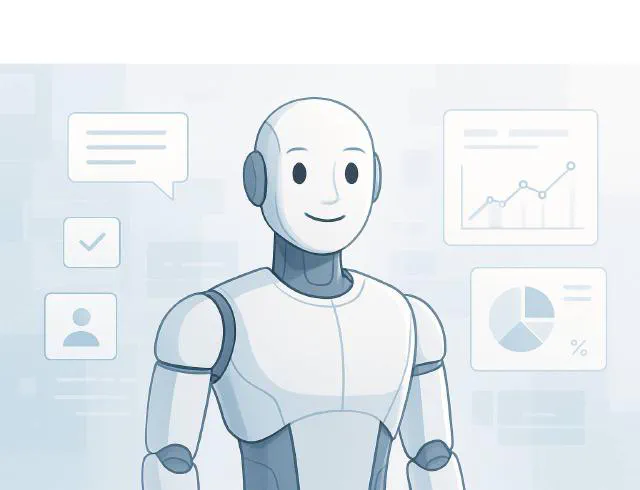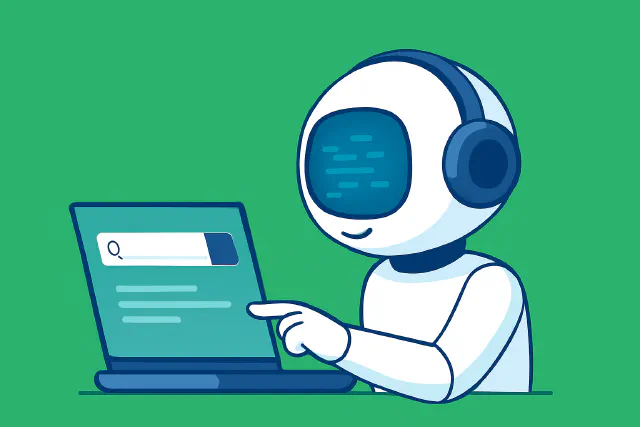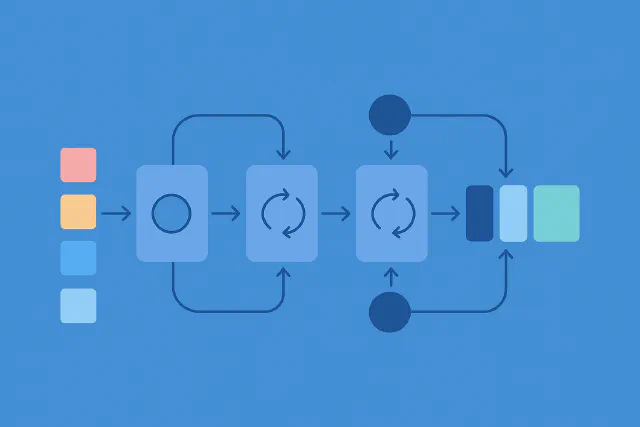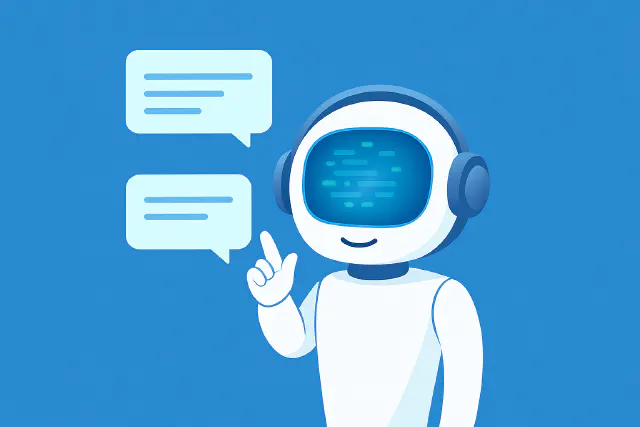AI agents represent a significant opportunity for businesses, provided they’re designed for real business impact. This potential has become especially viable as cost-efficient reasoning models become increasingly accessible. While there’s no single standard definition, here’s our perspective.
An AI agent is practical software that autonomously plans, decides, and takes actions based on clearly defined goals. Unlike traditional automation, you don’t dictate every step; instead, you give it a mission, and it probabilistically navigates toward that goal independently. You have to define the mission, rules, goals, and acceptable outcomes, based on your domain expertise and business use case.
Components of an AI Agent
First, let’s unpack an agent into its parts to understand how you can construct an agent for your organization:
- Large Language Model (LLM): The reasoning “brain” that decides the next best action. You can select from a variety of models - there is no one-size-fits-all LLM.
- Business logic and prompts: Clearly defined objectives and instructions based on your domain expertise.
- Tools and integrations: Access to internal knowledge bases or databases as well as external search APIs, and other external resources.
- Guardrails: Clearly defined boundaries and compliance controls set by your organization.
- Execution environment: The context, services, or platform where the agent operates.
Where Agents Excel
At the moment agents perform best with tasks in verifiable domains with short feedback loops. Software engineering is the canonical example because code either runs or it doesn’t - a binary outcome - and you know immediately. Digital advertising is similar, though the feedback loop is longer. Agents are less effective in domains that have more subjective outcomes and/or evaluation criteria to assess outcomes as outlined in the next section.
Current Limitations
It’s important to understand the current limitations of agents:
- Vulnerability to manipulation: Agents can be misled or exploited when operating outside their defined environment. In short, they’re “gullible” and eager to complete their mission without assessing other risks.
- Security and privacy risks: Improper setup or access control can expose sensitive data.
- Limited to simple tasks: Complex tasks require multi-step action. The more steps, the more likely an agent is to fail, especially if feedback is limited. Agents currently struggle with longer or more complex workflows due to feedback and memory constraints.
- Minimal learning capability: Agents typically don’t have memory or retain new information across tasks, although improvements are underway.
- Short operational horizon: Most agents are best suited for short-term tasks (seconds or minutes), though this timeframe is gradually expanding.
It’s important to keep in mind that many researchers are working to reduce these limitations, and when they do, it will unlock additional opportunities and capabilities.
Example Use Case: Financial Analyst Agent
An AI agent assists analysts by sourcing and summarizing financial reports, extracting key data points, generating preliminary models, and drafting initial insights. This reduces manual workload and enables analysts to focus on strategic decision-making.
Getting Started: It’s Not Magic
If you’re considering agents, start small. Pick one measurable task, clearly define the agent’s mission, scope and guardrails, and business impact. Do a back of the envelope calculation on cost savings, or efficiency gains. Then pilot and iterate based on tangible feedback. With thoughtful implementation, agents can genuinely simplify operations, not by magically transforming your business, but by steadily improving specific, practical workflows.
Why Now
The question isn’t whether AI agents will matter; it’s how soon. Agents will become fundamental building blocks of co-intelligent organizations, augmenting human workforces with scalable and affordable intelligence.
Over the next few months, we’ll take a deeper dive into the components of AI agents. In the meantime, contact us if you’re interested in an affordable proof-of-concept for your organization.
Image generated using GPT-4o









